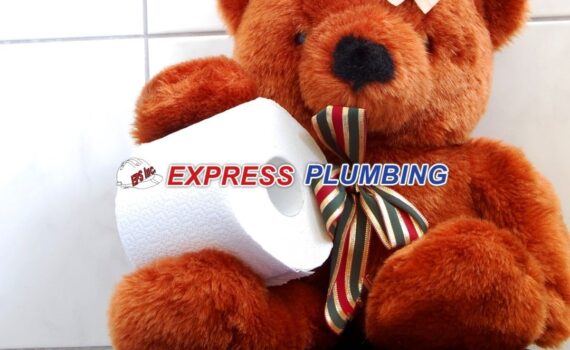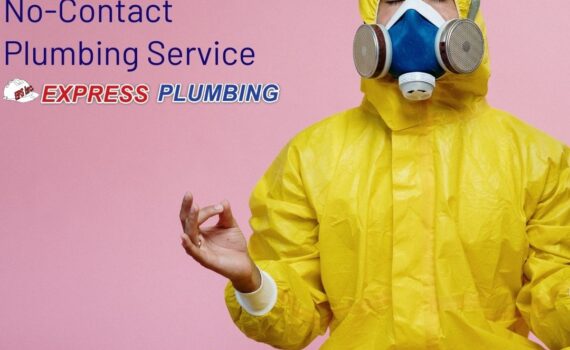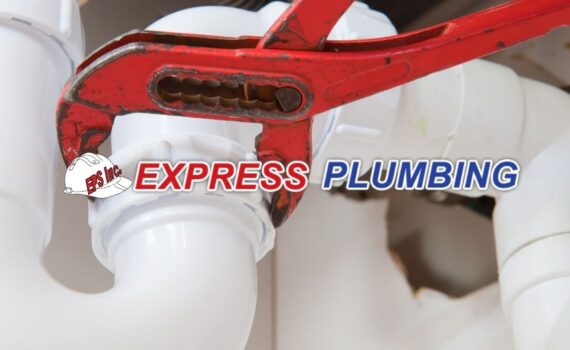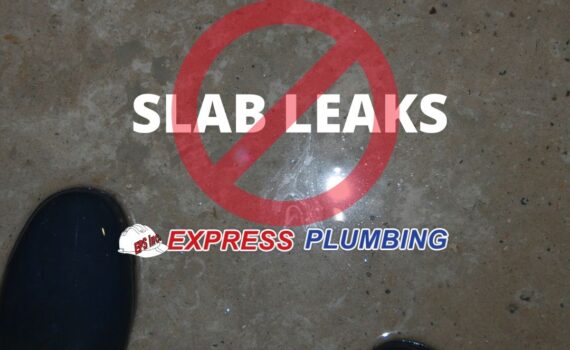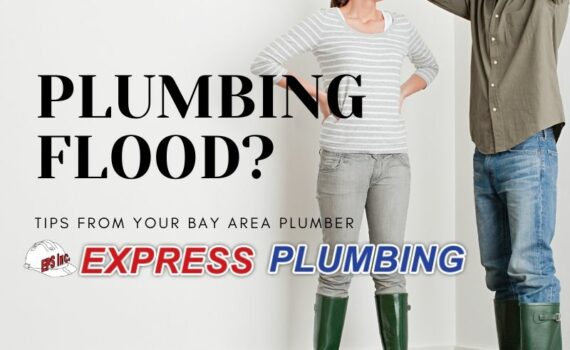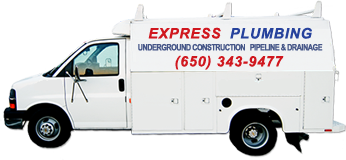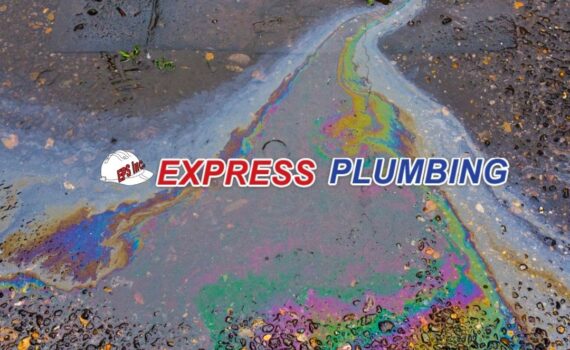
Why You Should Never Pour Hot Oil Down Your Drain
Your plumbing system is the lifeblood of your home. Without it, you can’t wash dishes, take a shower, or water the lawn. As such, you should treat every component with the utmost care. However, situations arise that can potentially damage your plumbing. One of these is drain clogs. While these can be caused by many scenarios, one of the most common problems is pouring hot oil down the drain. Find out why you should never pour hot oil down the kitchen sink and other tips to keep your drains and sinks flowing smoothly.
Never Pour Hot Oil Down the Kitchen Sink
It seems like a no-brainer. Hot oil is a liquid, and liquids go down the drain. However, the hot oil is a substance unlike any other. Regardless of the type of oil, these substances can clog or cake the insides of the drain.
For example, coconut oil, bacon grease, and vegetable shortening are spectacular for creating stir-frys or creating delicious meals. But while they liquify at high temperatures, they solidify at room temperature. When you pour these down the drain, they eventually reach room temperature, creating an impenetrable clog that can prevent proper drainage and water flow.
And while olive oil, canola oil, or avocado oil are liquid at room temperature, they’re also hydrophobic. In short, that means they don’t like to mingle with water. When you pour these oils down the drain and turn the water on, they immediately separate. Instead of being flushed through the plumbing system, they cake on the sides of pipes. Over time, this can create a bottleneck, which eventually leads to significant clogging that requires the work of a plumber.
How to Properly Dispose of Hot Oil
If you regularly use butter, oil, or fat for cooking, proper disposal is essential. Fortunately, it’s not all that difficult. Start by selecting a container such as a coffee tin or other vessel that won’t melt due to the high temperature of the oil. Pour any leftover oil or fat into the container each time you cook.
Once you’ve filled the container, you have two options. The easy choice is to just chuck the container in the trash. But if you’re more of an environmentalist, call one of your local recycling centers. Most of the time, they’ll take your fat/oil concoction and give you a few pennies for your trouble.
Other Drain Clog Prevention Tips
The kitchen sink isn’t the only drain you should keep clean. Bathroom sinks, bathtubs, and showers are equally as important. That’s why you should take these tips to heart:
- Put a drain guard over sinks and shower drains to keep out hair and soap scum
- Brush your hair before you take a shower or bath
- Don’t flush certain objects down the toilet such as paper towels or other bulky items
Because so much depends on clear, clean drainage lines, you shouldn’t leave anything to chance. If you’re iffy about whether a substance can go down the drain, don’t pour it down the sink. Instead, dispose of the substance properly. As a result, you’ll have a clean plumbing system that you can depend on when you need it the most and avoid clogged drains throughout your home.
Express Plumbing has residential plumbers in San Mateo County standing by to help you if you ever need us, but part of our commitment to the Bay Area community is to provide you with preventative tips in order to properly take care of the plumbing pipes and drains in your home.


